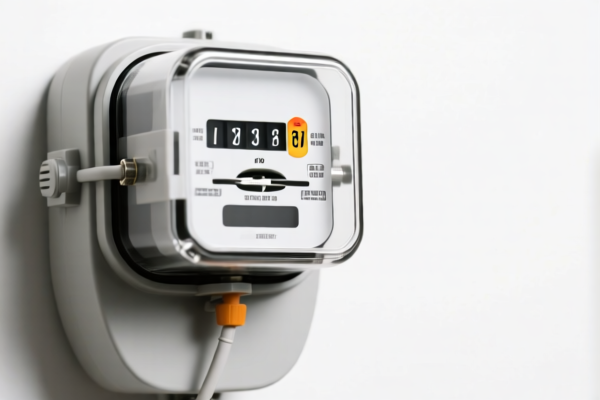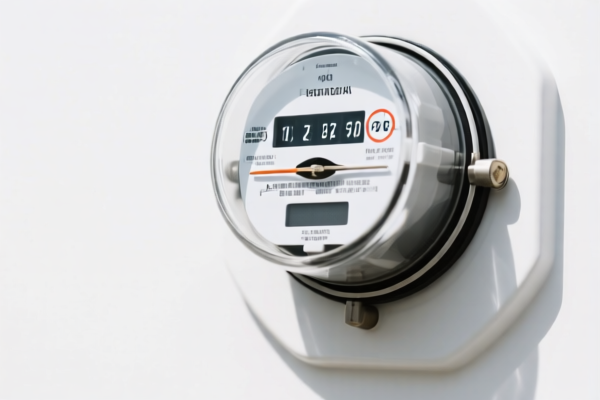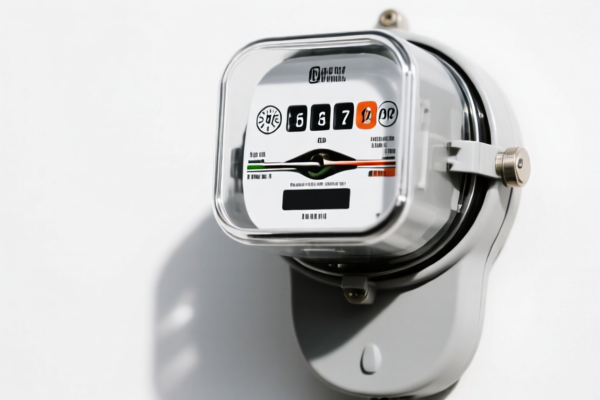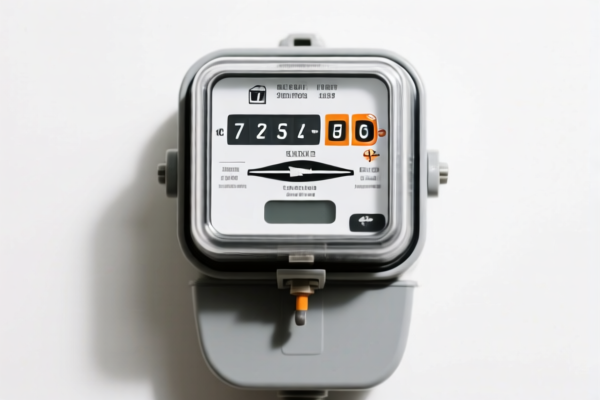| HS Code | Official Doc | Tariff Rate | Origin | Destination | Effective Date |
|---|---|---|---|---|---|
| 9026802000 | Doc | 55.0% | CN | US | 2025-05-12 |
| 9026806000 | Doc | 37.5% | CN | US | 2025-05-12 |
| 9014804000 | Doc | 55.0% | CN | US | 2025-05-12 |
| 9014805000 | Doc | 55.0% | CN | US | 2025-05-12 |
| 9028300000 | Doc | 55.0% | CN | US | 2025-05-12 |
| 9028900040 | Doc | 55.0% | CN | US | 2025-05-12 |
| 8501343000 | Doc | 57.8% | CN | US | 2025-05-12 |
| 8503009000 | Doc | 55.0% | CN | US | 2025-05-12 |
| 8503009520 | Doc | 83.0% | CN | US | 2025-05-12 |
| 8543708000 | Doc | 55.0% | CN | US | 2025-05-12 |




Electricity Meter
An electricity meter (or energy meter) is a device that measures the electrical energy consumed in a residence, business, or industrial facility. It is typically installed between the utility supply and the consumer’s load and is essential for billing purposes.
Material
Electricity meters are constructed using a variety of materials, evolving with technological advancements.
- Early Meters (Electromechanical): These historically used ferrous materials for moving parts (discs, drums), aluminum for current coils, and glass or plastic for the meter face.
- Modern Meters (Electronic/Digital): Predominantly employ printed circuit boards (PCBs) utilizing fiberglass or epoxy resins, silicon semiconductors for integrated circuits, and plastics for casings. Digital displays utilize LED or LCD screens. Some incorporate magnetic materials for current and voltage sensing.
- Smart Meters: Incorporate communication modules (often with plastic housings) and may include components like radio frequency (RF) transceivers, cellular modules, or power line communication (PLC) components.
Purpose
The primary purpose of an electricity meter is to accurately quantify electrical energy usage over time, enabling utilities to bill customers based on consumption. Beyond billing, they provide data for:
- Revenue Collection: Accurate billing ensures fair compensation for supplied electricity.
- Load Management: Utilities utilize aggregated meter data to understand and manage electricity demand, optimizing grid stability and efficiency.
- Energy Monitoring: Consumers can use meter readings to track their own energy usage, identify energy-saving opportunities, and potentially reduce costs.
- Grid Optimization: Data assists in identifying peak demand periods and areas for infrastructure improvement.
Function
Electricity meters function by measuring various electrical parameters and calculating energy consumption. The core principles vary depending on the meter type:
- Voltage: Measures the electrical potential difference.
- Current: Measures the flow of electrical charge.
- Power Factor: Measures the efficiency of electrical usage (the phase difference between voltage and current).
- Energy (kWh): The product of voltage, current, and time, representing the total electrical energy consumed.
Usage Scenarios
Electricity meters are ubiquitous and found in:
- Residential Buildings: Standard for homes, apartments, and condominiums.
- Commercial Buildings: Offices, retail stores, shopping malls, and restaurants.
- Industrial Facilities: Factories, manufacturing plants, and warehouses.
- Public Infrastructure: Street lighting, traffic signals, and water treatment plants.
- Substations: Used for monitoring energy flow at various points in the electrical grid.
Common Types
- Electromechanical Meters: Traditional meters utilizing rotating discs driven by magnetic fields. Becoming less common due to limitations in accuracy and functionality.
- Electronic Meters: Utilize integrated circuits to measure and calculate energy consumption digitally. More accurate and offer features like time-of-use metering.
- Smart Meters: Electronic meters with advanced communication capabilities, enabling two-way communication between the meter and the utility. They can provide real-time usage data, remote readings, and support dynamic pricing programs.
- Prepayment Meters: Require customers to purchase electricity credits in advance. Commonly used in areas where credit risk is high.
- Time-of-Use (TOU) Meters: Measure energy consumption at different rates based on the time of day, encouraging off-peak usage.
- Net Meters: Used in conjunction with renewable energy sources (solar, wind) to measure both electricity consumed from the grid and electricity exported back to the grid.
Electricity meters are instruments used for measuring the electrical energy consumed or produced. Based on the provided information, several HS codes may be relevant:
- 9028300000: This HS code covers Gas, liquid or electricity supply or production meters, including calibrating meters thereof; parts and accessories thereof, specifically Electricity meters. It falls under Chapter 90 (Instruments and apparatus which measure, check, weigh or count), Heading 9028 (Meters for measuring liquids, gases, electricity).
- 9028900040: This HS code covers Gas, liquid or electricity supply or production meters, including calibrating meters thereof; parts and accessories thereof, specifically Parts and accessories Of electricity meters. It also falls under Chapter 90, Heading 9028.
- 8543708000: This HS code covers Electrical machines and apparatus, having individual functions, not specified or included elsewhere in this chapter; parts thereof, specifically Other machines and apparatus. The reference material notes that electricity meters measure electrical energy and could be considered within this broader category. It falls under Chapter 85 (Electrical machinery and equipment), Heading 8543 (Other electrical machines and apparatus).
Tariff Information:
- 9028300000 & 9028900040: Both have a base tariff of 0.0%, a surcharge of 25.0%, and a surcharge of 30.0% after April 2, 2025, resulting in a total tariff of 55.0%.
- 8543708000: This also has a base tariff of 0.0%, a surcharge of 25.0%, and a surcharge of 30.0% after April 2, 2025, resulting in a total tariff of 55.0%.
Important Note:
Regarding HS code 8501343000, please note that the reference material indicates a base tariff of 2.8%, a surcharge of 25.0%, and a surcharge of 30.0% after April 2, 2025, resulting in a total tariff of 57.8%.
Customer Reviews
No reviews yet.